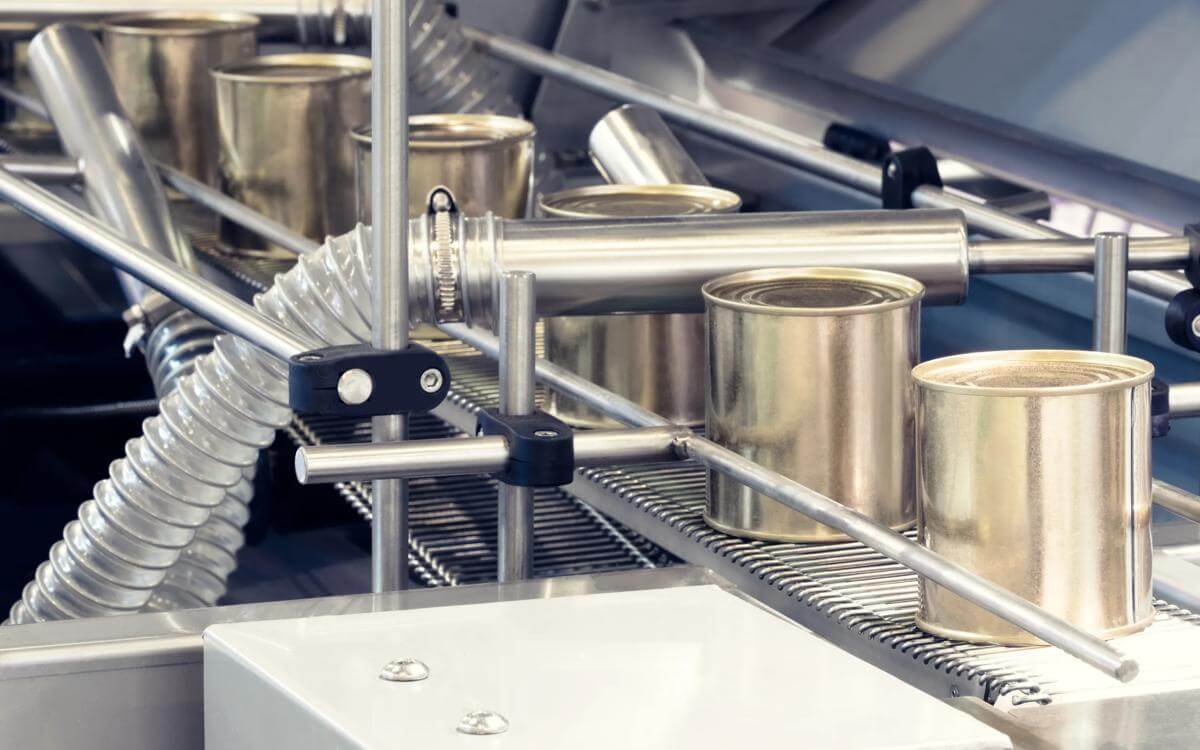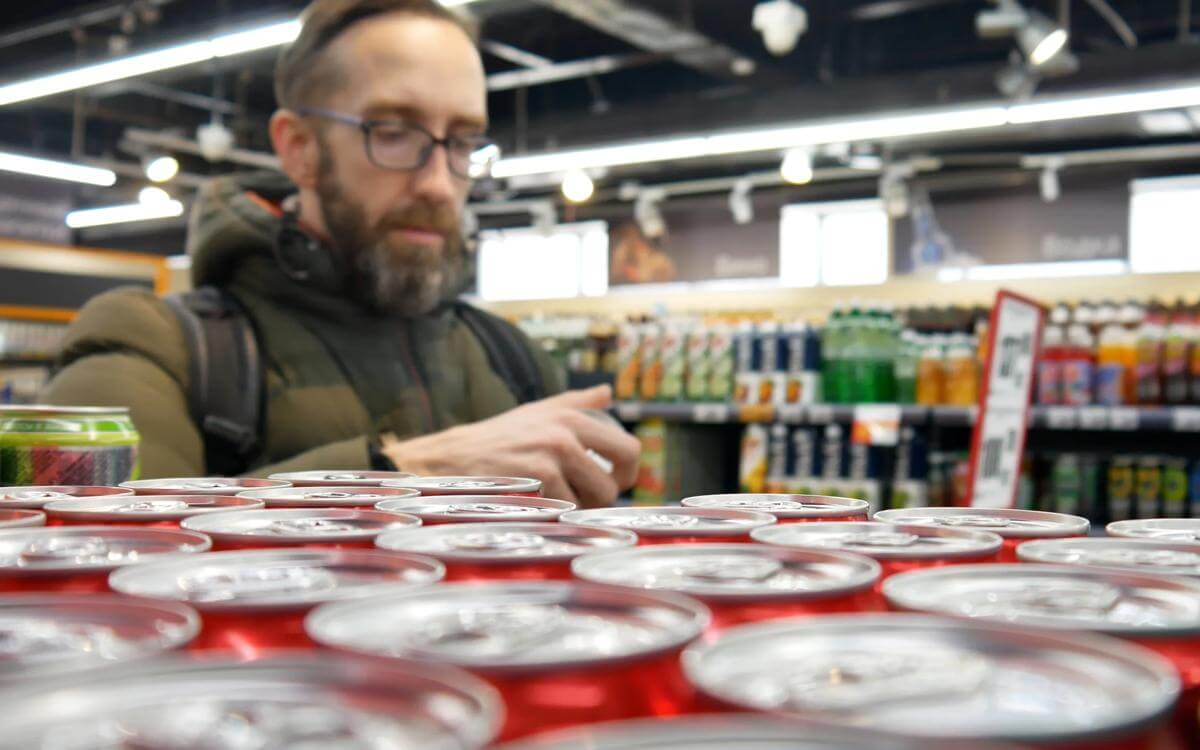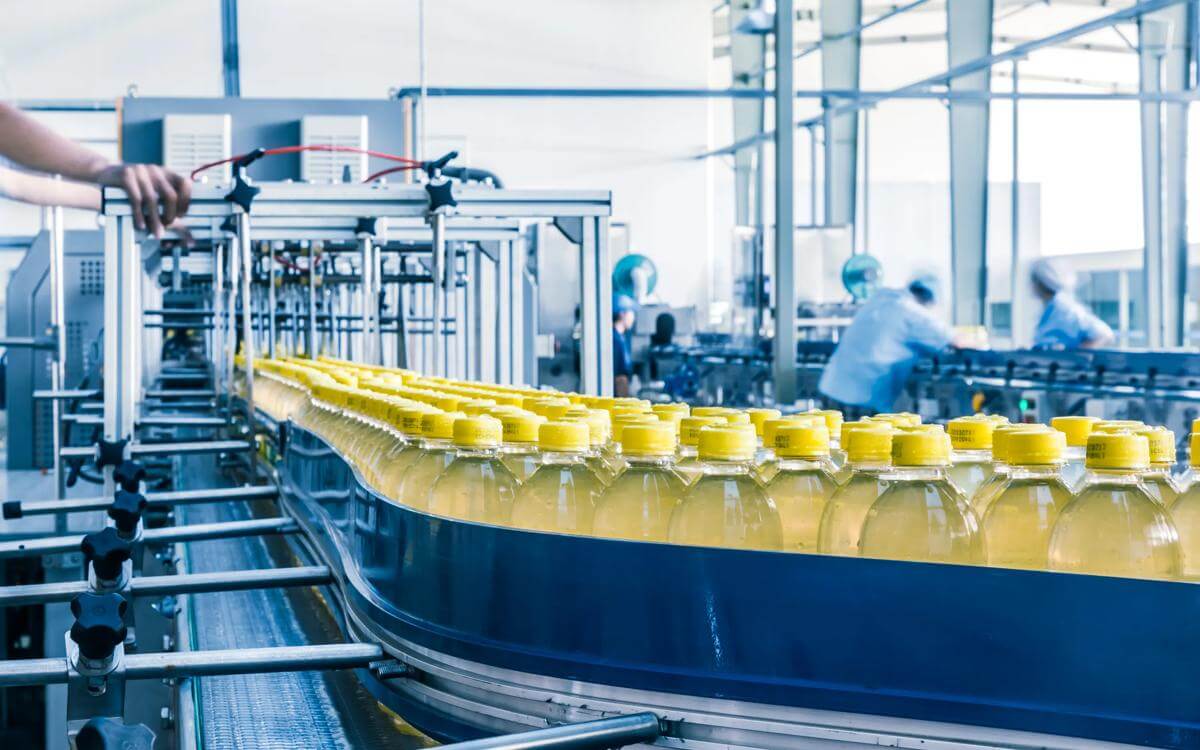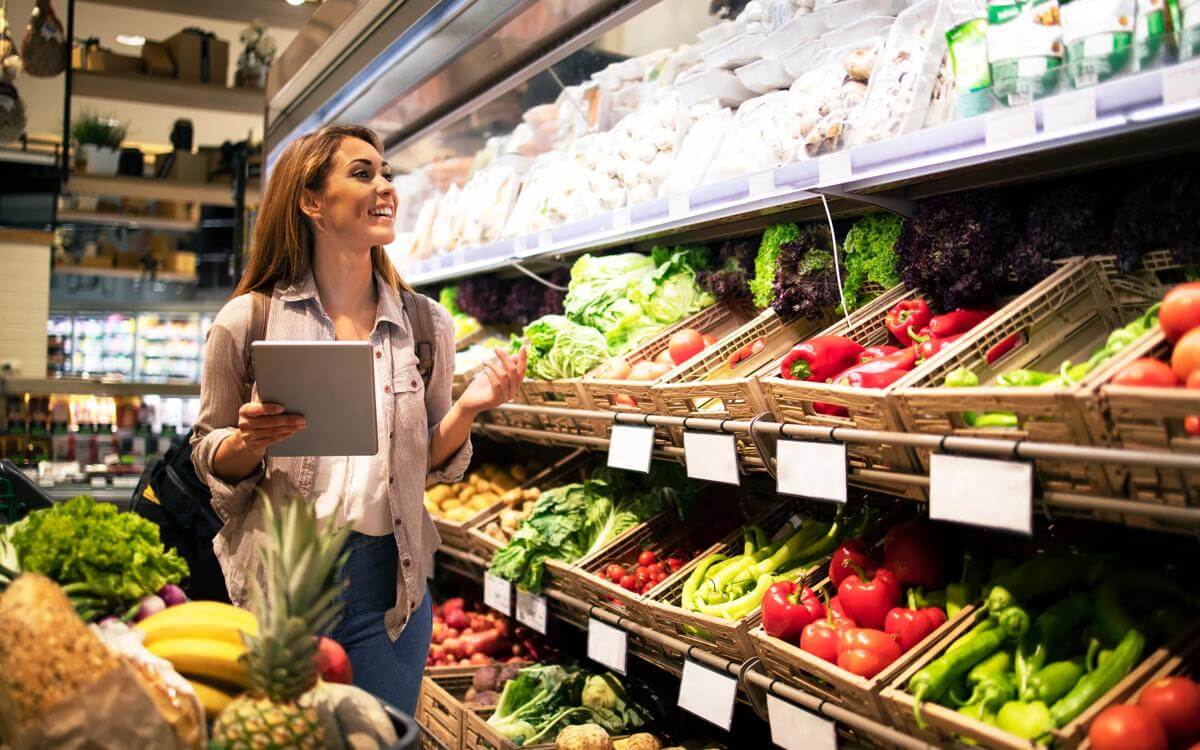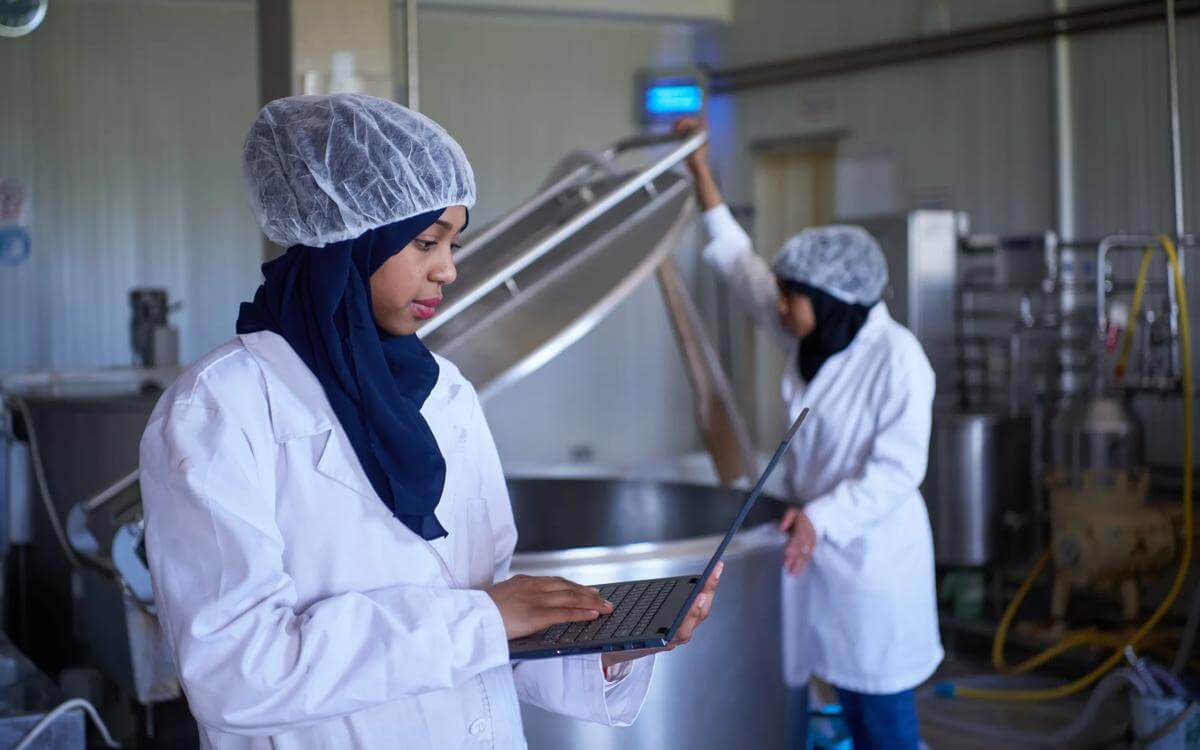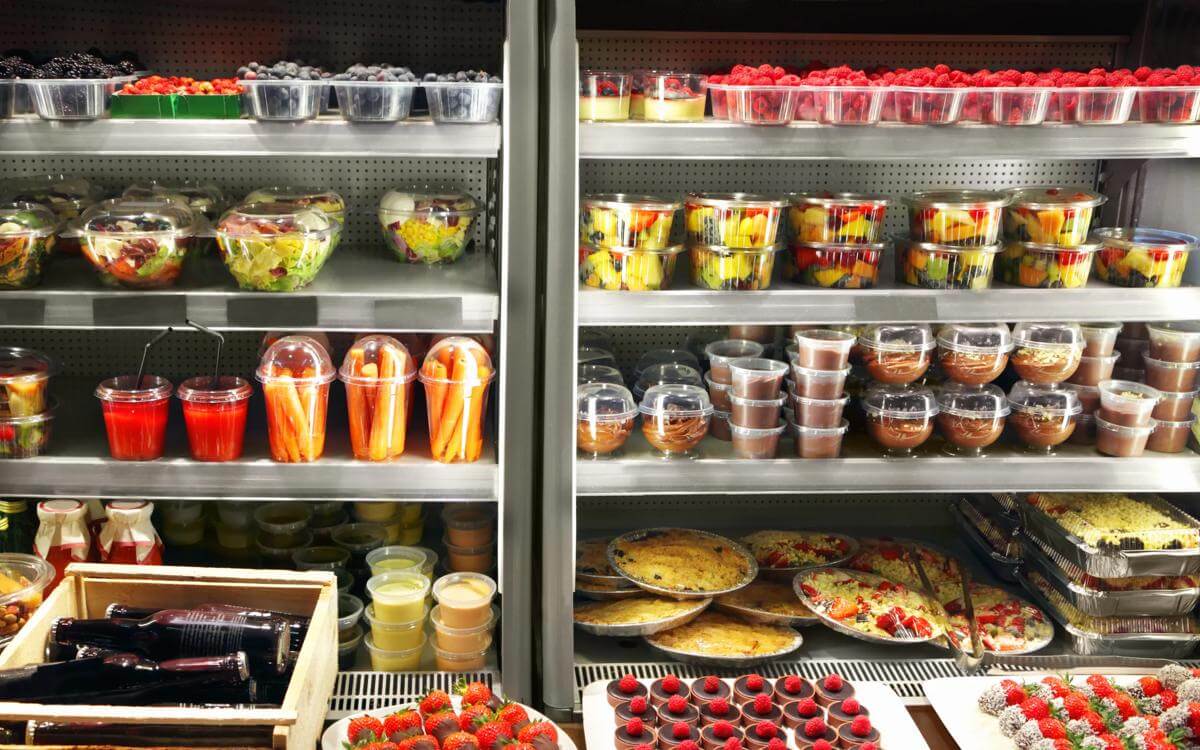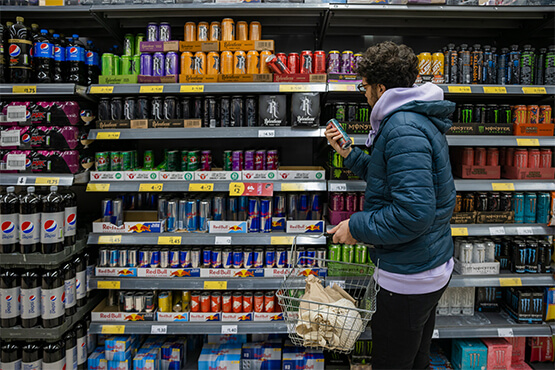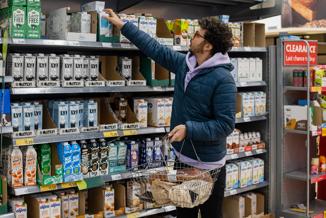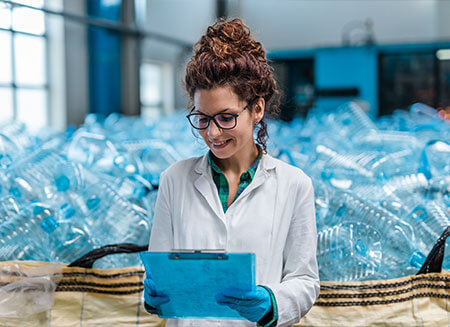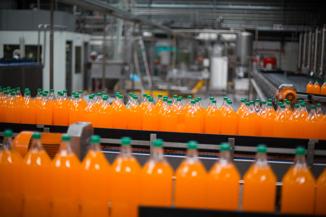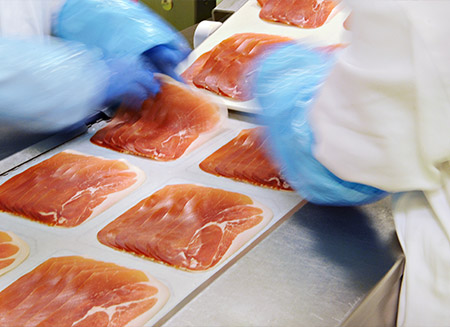AI, and technology in general, has been infiltrating today’s society at an expeditious pace – and the food and drink sector is not one to have escaped its grasp. Advertising and marketing teams for businesses have been increasing their deployment of new technology to assist with the targeting of consumers. While using machine learning algorithms across business functions is not new, the technology which matches customers to promotions, has continued to become more sophisticated.
Recently, Tesco has been driving ‘hyper-personalisation’ into its Clubcard offers through the use of AI. It has even held a “Clubcard Challenge” which gave shoppers personalised challenges to complete in exchange for extra Clubcard points. Tesco’s Group Membership and Loyalty Director recognised that “Personalisation is about using what [they] know about customers to make their experience better and [Tesco’s] rewards more helpful.” Similar loyalty and promotions software is being used by Asda, Morrisons, Waitrose and John Lewis.
Additionally, Tesco has rolled out “Scan as you Shop” devices across its stores. These devices are due a new upgrade which will, once implemented, show ads for brands based on the shopper’s location in the store. This geo-targeting can be as precise as identifying the aisle or even a shelf within proximity to the active shopper.
Supermarkets are not the only businesses increasing their use of consumer targeting technologies. Deliveroo has recognised that one of its priorities for 2024 has been to increase marketing efficiencies by targeting and personalising promotions. Similarly, many restauranteurs engage OpenTable as a marketing engine to help increase foot traffic to their restaurants. OpenTable uses paid search functions and insights to predict what diners want and from there, they craft tailored campaigns to target people both by location and time.
Many food and drink businesses are also using loyalty apps such as SQUID which rewards shoppers with loyalty stamps for every purchase. The SQUID app uses targeted marketing campaigns “with personalised touches like welcome gifts and birthday surprises”. The use of such outsourced technology within the food and drink industry has helped to increase consumer engagement, provide sales insights, and predict future demands – all of which allows these businesses to bend with the market.
From a legal eye, such targeting techniques need to be carefully managed within a robust governance framework. In order for that technology to be useful to the business, what input does it need from the consumer? What risks arise for both businesses and consumers? It is only a matter of time before (if not already) these technologies creep into the marketing plans of other food and drink establishments, beyond just supermarkets and restaurants. It is therefore important to consider what legal and / or regulatory issues may arise from the use of such technologies and to weigh up the risks associated with reaping their benefits.
Benefits of personalised consumer targeting technologies
It is no question that the technologies used to personalise consumer targeting, will be gathering personal data. Personal data is any information relating to an identified or identifiable natural person; and an identifiable natural person is one who can be identified, directly or indirectly, in particular by reference to an identifier such as a name, an identification number, location data, an online identifier or to one or more factors specific to the physical, physiological, genetic, mental, economic, cultural or social identity of that natural person.
Personal data in the hands of businesses can help them to:
- target their customer-base with products of preference according to their profile;
- gather insight into consumer trends;
- analyse consumer behaviours;
- forecast demand (and thus reduce waste and control stock turnover);
- predict dietary needs; and
- offer convenience and inspiration to consumers.
There is a commercial and financial drive behind these activities, but they also, arguably, improve the overall customer experience. A shopper who religiously buys a specific brand of pasta sauce, might find it helpful to receive ads for the newest flavour released by that same brand, via their “Scan as you Shop” device, while they are entering the pasta aisle. Another customer might find it helpful to receive insights via their shopping app of “special offers” which are personally tailored to match their previous purchasing behaviour.
Data protection risks associated with personalised consumer targeting
Businesses relying on personal data for their consumer targeting efforts need to responsibly implement data gathering / processing technologies and closely monitor their activities. Any processing of personal data that takes place, must be done so on a lawful basis and in compliance with local data protection laws, such as the Irish Data Protection Act 2018 (as amended) and the EU General Data Protection Regulation (“GDPR”). Non-compliance with legislation can find companies faced with exorbitant fines.
In recent years, there has also been an increase in cyber-attacks. With this in mind, businesses should ensure that they have adequate security measures in place to protect the personal data that they gather or they otherwise risk being the source of a data privacy breach.
There is also increased concern over the impact of data collection. Businesses must ensure, as they build anonymised profiles of shoppers, that they do not gather more data than is necessary. Where a business is gathering data on consumer habits, preferences, and dietary requirements, the more data that is gathered could answer more questions about the individual than are being asked. It is possible that gathering too much data could identify health conditions of certain shoppers, such as whether they are pregnant, celiac, or even on a diet. Predictions like these may amount to “special category” data if it relates to genetics and / or an identifiable person’s health. The processing of such data is prohibited unless it falls into one of the exceptions under the GDPR.
Businesses should also exercise caution not to target vulnerable individuals or to mis-profile an individual, which may lead to oversights, such as a retailer promoting energy drinks or alcohol to a child, or weight-loss meals to someone suffering from an eating disorder, or delivery apps delivering fast food to schools. Retailers using these advanced targeting technologies need to assess the impact of their actions as well as the impact any misuse or error in processing might have. Measures should be put in place to mitigate any such risks.
Conclusion
It is clear that technology can help enhance advertising and marketing efforts in the food and drink sector and companies can enjoy the many benefits that personalised consumer targeting brings with it. However, such activities do not come without risks. Marketing and legal departments of businesses should work together in a symbiotic relationship to ensure that their brand can continue to robustly promote itself, all the while ensuring regulatory compliance.








